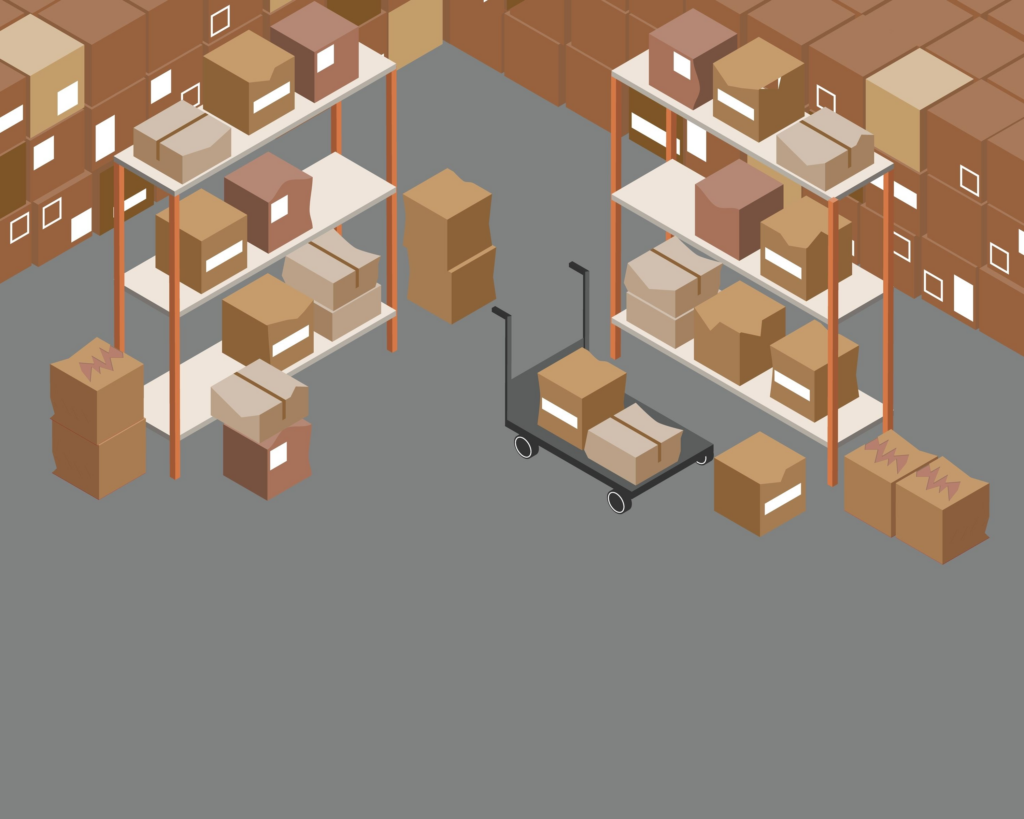The Service Supply Chain world is a dynamic network of parts, people, and locations—so stockouts are inevitable. When you experience a stockout, or do not have the part you need to immediately meet your customer’s demand, repercussions usually follow.
But with the right strategy, stockouts will not always bring unnecessary fees or unhappy customers. We recently released a whitepaper exploring the definition of stockouts, their causes, and how you can stop them from derailing your operations. This blog will share highlights from the whitepaper, but for a deeper dive, get the full text here.
Common Causes of Stockouts
There are two types of stockouts: planned and unplanned. Planned stockouts occur expectedly and are factored in as a necessary risk, usually for financial reasons. Unplanned stockouts happen due to unforeseeable issues. Understanding the difference between these two and the root problems that prompt them will help you take the necessary preventative measures to correct them before they disappoint customers.
Planned Stockout: Breakdown in the Planning Process
Planned stockouts are a balancing act. Just because you expect a stockout to occur does not mean your customer does, and this can lead to issues, especially when you do not meet your service level agreement (SLA). It’s not cost effective to stock every part at every location, but unsatisfied customers can erode your relationships as well as your reputation. You and your team know this, which is why even planned stockouts can yield extra costs for you in the form of expedited shipping. That said, it’s essential to look at the underlying factors leading to your planned stockouts, and keep a pulse on things like customer demand across each region.
Unplanned Stockout: Data, Configuration, and Execution Issues
Unplanned stockouts usually arise from messy data, problems with your systems or processes, and misaligned execution. When you base your operations or inventory needs on bad data, you’ll struggle to stock parts where and when you need them the most. Examples of “bad data” include:
- Data that does not contain all installed base or service contract information.
- Incomplete or inaccurate product and FRU bills of material.
- Incomplete or inaccurate historical demand data.
- Inaccurate on-hand balances.
But even if you have pristine data, stockouts can occur if your data does not filter through an ideal planning system. Manual processes like spreadsheets do not offer the computing, organizational, and dissemination power that’s required to turn robust data into action. Planning software works better than manual processes, but it must have the agility to evolve with your business—from your configuration process to updates and your planning procedure.
Finally, solid data and optimal planning processes only work if your on-the-ground employees implement them. When you have the right part in the right place, you still need someone to actually install the part or facilitate the fix. This means your technicians, customer service managers (CSMs), and dispatchers need to know exactly what you’ve planned for that location. In a high-availability environment, it’s critical to have visibility into the process and use the right forecasting tools to prevent customer dissatisfaction.
The Cost of Stockouts
Multiple challenges and problems arise from stockouts. First off, you must do whatever it takes to honor your SLAs. When you do not have the part you need where you need it, you must resort to expedited shipping from another location, incurring courier charges, or send a technician to meet up with another technician for a material handoff. Not only do makeshift attempts to get the part cost you extra, they disrupt technicians’ workflows, adding in additional transit times as well as fragmented time on-site.
This situation puts extra stress on your employees and erodes customer trust. Most importantly, parts often need to be in a certain place at a certain time to fulfill critical missions that impact real human lives. For example, a broken MRI machine can delay diagnoses and out-of-service airplanes mean people miss important meetings. In some cases, the cost of a stockout is immeasurable. This goes to show just how impactful your business can be when you limit stockouts.
The Power of Looking Ahead
When it comes to stockouts, it serves you well to think of parts in terms of how much revenue they can bring in: Cut costs by reducing inventory that will not “buy” you any service level. Knowing which parts will make the most impact for your business helps you determine target stock locations up front rather than reactively, allowing you to use the most cost-effective transportation possible.
But how can you tell which parts will give you an ROI? This comes down to your forecasting ability, and that starts with the right data:
- Installed base data on products in the field that you are planning for and supporting
- Service bombs in the installed base planning process
- Technician-specific product training, current inventory, and/or a prior forecast
The more data informs your forecast, the more accurate it will be. The other piece to this is having software that can use your information to create the forecast. Forecasting has evolved in recent years as the methods used to prevent stockouts are getting better, as is the math used to make predictions. Automation, AI, machine learning, and life-curve data are all being used more to give a better, well-rounded forecast. Technological advancements like these allow companies to look at an entire history of a certain product they stock to drive a forecast.
Learn More
In Service Parts Planning, you do not know what’s going to break, when it’s going to break, or where it’s going to break. But by using leading indicators from the right software, you can automate your planning process and make the best possible predictions.
When you put effort into preventing stockouts, everything runs more smoothly downstream: Your technicians can focus on what they do best without disruptions, and your customer satisfaction levels will rise. Ready to learn more about managing stockouts? Check out our whitepaper, Preventing Stockouts With Improved Forecasting, today!




